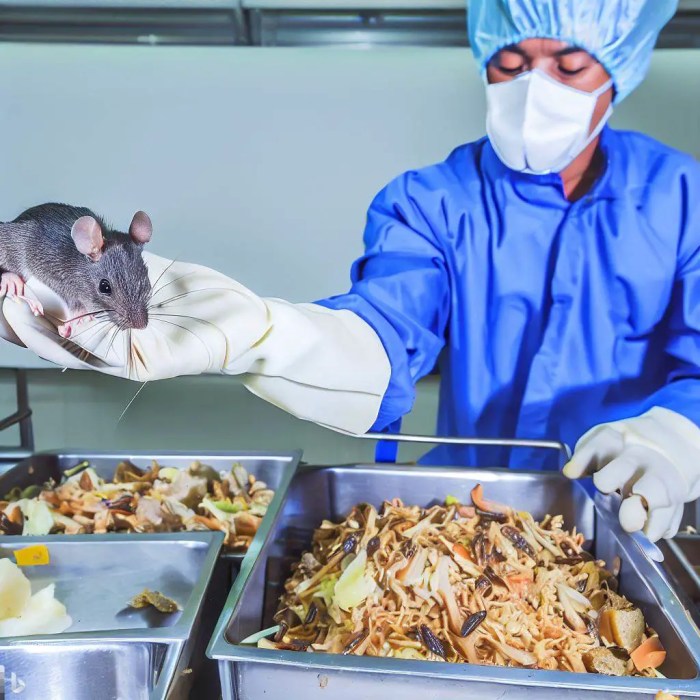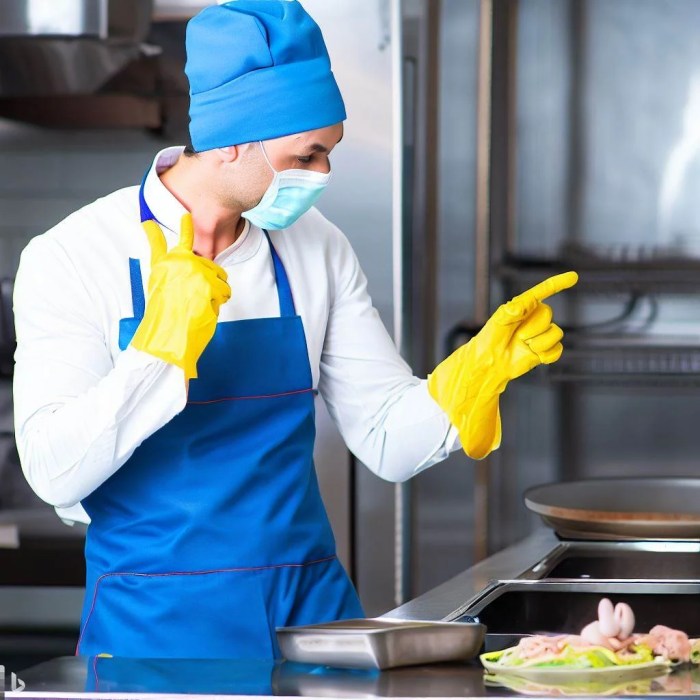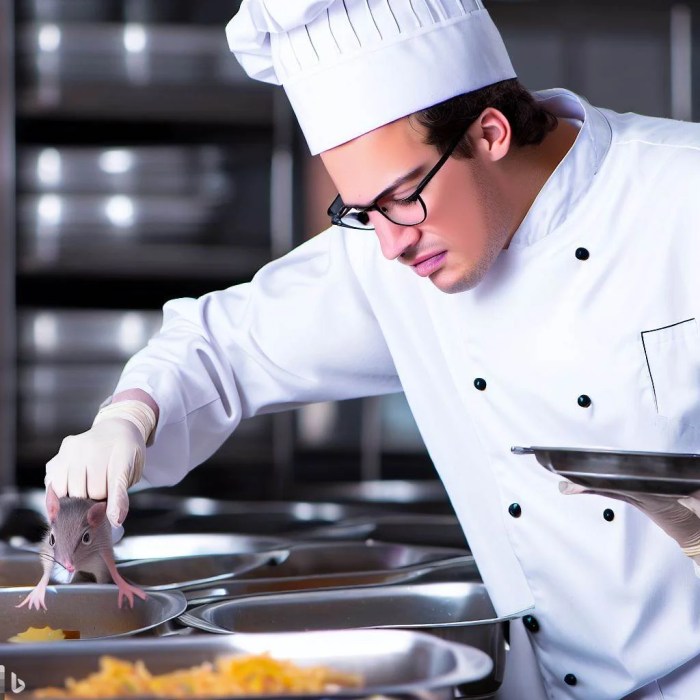When a food worker suspects there are mice, it’s a situation that requires immediate attention. Mice can pose significant health and safety risks in food establishments, and their presence can lead to costly damage and reputational harm. This guide will provide a comprehensive overview of the signs of mice infestation, the associated health and safety risks, and the effective measures for inspection, monitoring, control, and prevention.
Understanding the behavior and habits of mice is crucial for effective pest management. Mice are known to seek food, water, and shelter, and they can contaminate food and surfaces with their droppings, urine, and saliva. Their presence can also lead to the transmission of diseases such as salmonella and hantavirus.
Potential Signs of Mice
Mice infestations in food service establishments can be a significant problem, posing health and safety risks to both customers and employees. Recognizing the early signs of mice activity is crucial for prompt intervention and effective control.
Common indicators of mice infestation include:
- Droppings:Mice droppings are small, dark-colored pellets that can be found in areas where mice are active, such as storage areas, food preparation areas, and dining rooms.
- Gnaw marks:Mice have sharp teeth that they use to gnaw on materials, leaving behind distinct marks on food packaging, wooden structures, and other surfaces.
- Nesting materials:Mice build nests using materials such as paper, cardboard, and fabric scraps. These nests can be found in secluded areas, such as under sinks, in storage closets, or within equipment.
Health and Safety Risks

Mice pose several health and safety risks in food establishments:
- Disease transmission:Mice can carry and transmit a variety of diseases, including salmonella, hantavirus, and tularemia. These diseases can be spread to humans through contact with contaminated food, surfaces, or air.
- Food contamination:Mice can contaminate food through their droppings, urine, and saliva. This contamination can lead to foodborne illnesses, such as food poisoning and gastrointestinal distress.
- Property damage:Mice can cause significant property damage by gnawing on electrical wires, insulation, and other materials. This damage can lead to fires, electrical hazards, and other safety concerns.
Inspection and Monitoring Procedures: A Food Worker Suspects There Are Mice
Regular inspections and monitoring are essential for detecting and preventing mice infestations in food establishments.
- Visual inspections:Thoroughly inspect all areas of the establishment, including storage areas, food preparation areas, dining rooms, and restrooms. Look for signs of mice activity, such as droppings, gnaw marks, and nesting materials.
- Entry point identification:Mice can enter food establishments through small openings, such as cracks in walls, gaps around pipes, and holes in screens. Identify potential entry points and seal them off with appropriate materials.
- Traps and monitoring devices:Place traps and monitoring devices in areas where mice are likely to be active. This will help to detect mice activity and provide an early warning of an infestation.
Control and Prevention Measures

Implementing effective control and prevention measures is crucial for managing mice infestations in food establishments.
- Traps:Traps are an effective way to capture and remove mice. Use snap traps, live traps, or glue traps, depending on the severity of the infestation.
- Baits:Baits can be used to attract mice to traps. Common baits include cheese, peanut butter, and bacon.
- Repellents:Repellents can be used to deter mice from entering food establishments. Common repellents include peppermint oil, ultrasonic devices, and mothballs.
- Sanitation:Maintaining a clean and sanitary environment is essential for preventing mice infestations. Regularly clean and disinfect all areas of the establishment, including food preparation areas, storage areas, and restrooms.
- Proper food storage:Store food in airtight containers and keep it off the floor. This will help to prevent mice from accessing food sources.
Reporting and Communication

It is important to report suspected mice infestations to the appropriate authorities promptly.
- Health inspectors:Contact the local health department to report suspected mice infestations. Health inspectors will conduct an inspection and provide guidance on control and prevention measures.
- Pest control companies:If the infestation is severe or persistent, consider hiring a professional pest control company. Pest control companies have the expertise and resources to effectively control and eliminate mice infestations.
- Communication with customers and employees:Clearly communicate with customers and employees about any suspected or confirmed mice infestations. Provide updates on the situation and the steps being taken to address the problem.
Q&A
What are the common signs of a mice infestation in a food establishment?
Droppings, gnaw marks, nesting materials, and an unusual odor are common signs of mice infestation.
What are the health risks associated with mice in food establishments?
Mice can transmit diseases such as salmonella and hantavirus through their droppings, urine, and saliva.
How can I prevent mice infestations in my food establishment?
Proper sanitation, sealing potential entry points, and implementing a regular pest monitoring program are essential for preventing mice infestations.